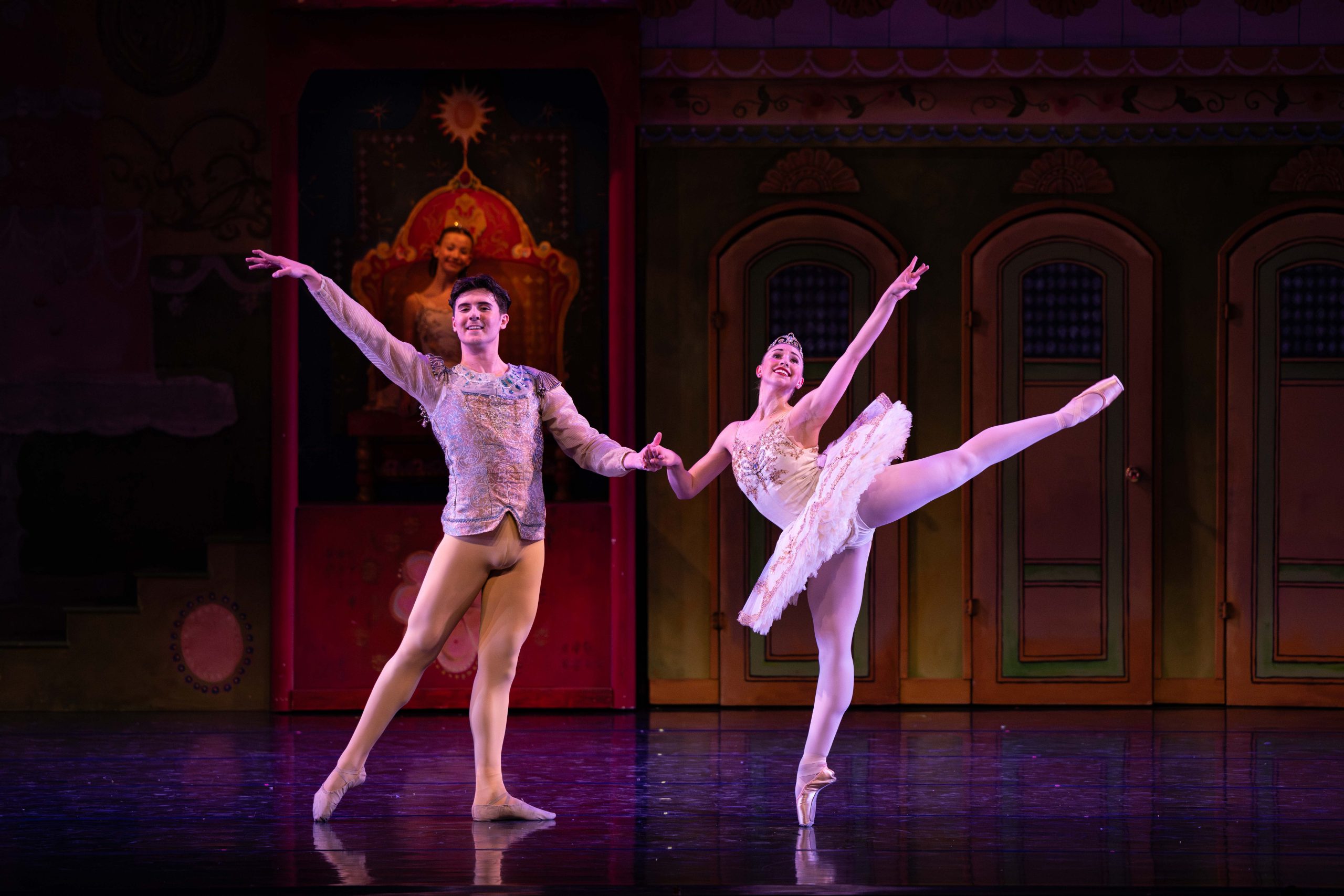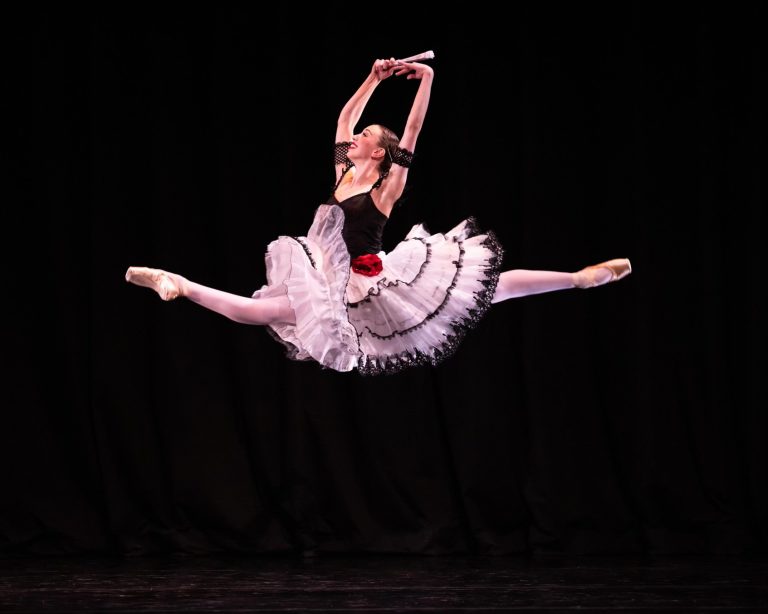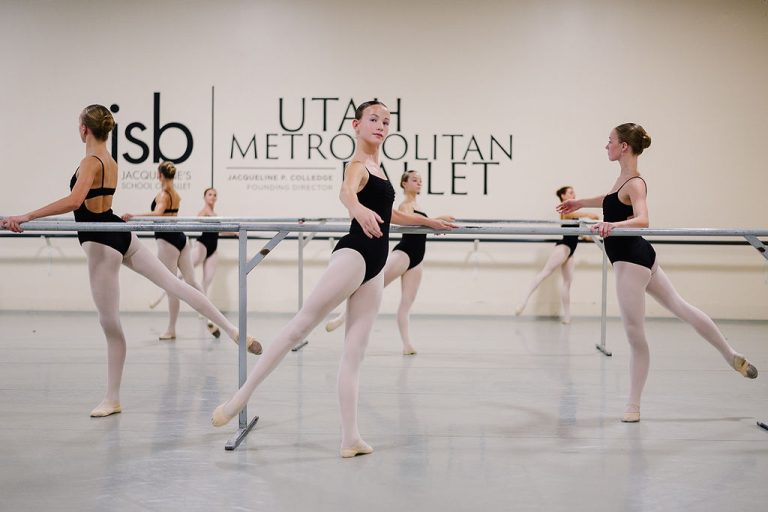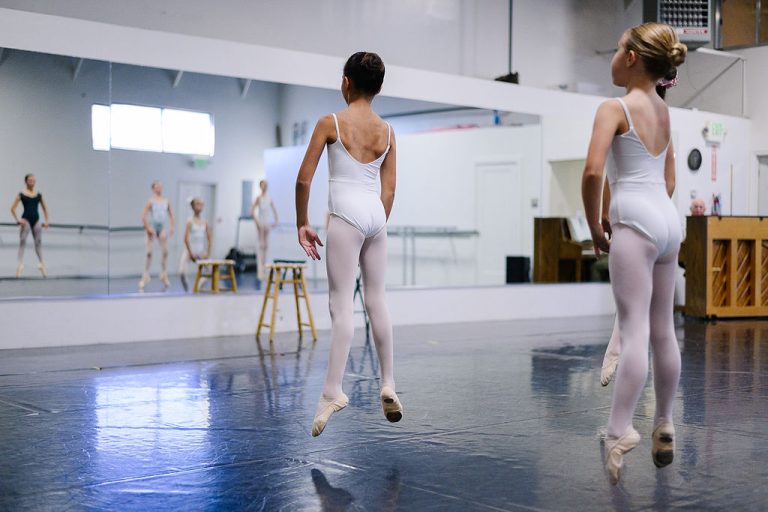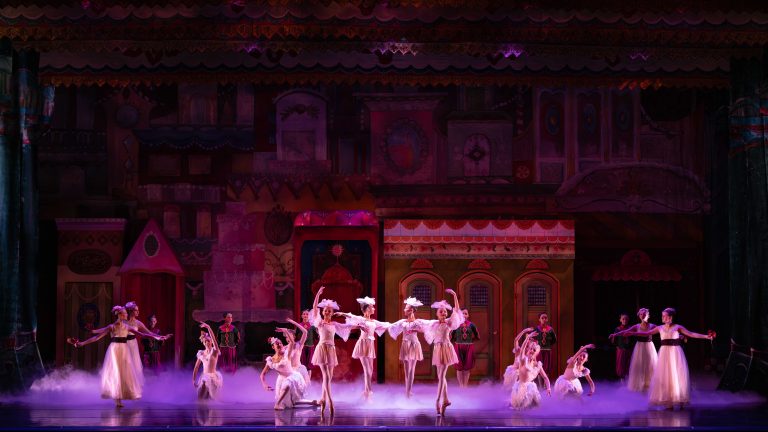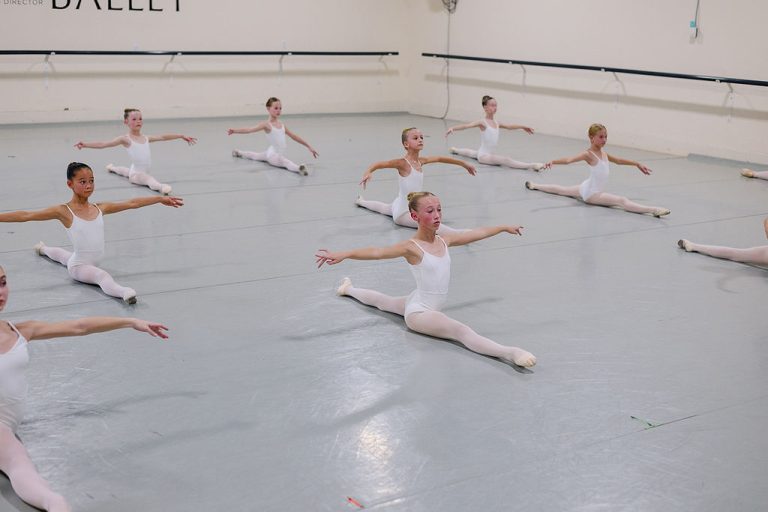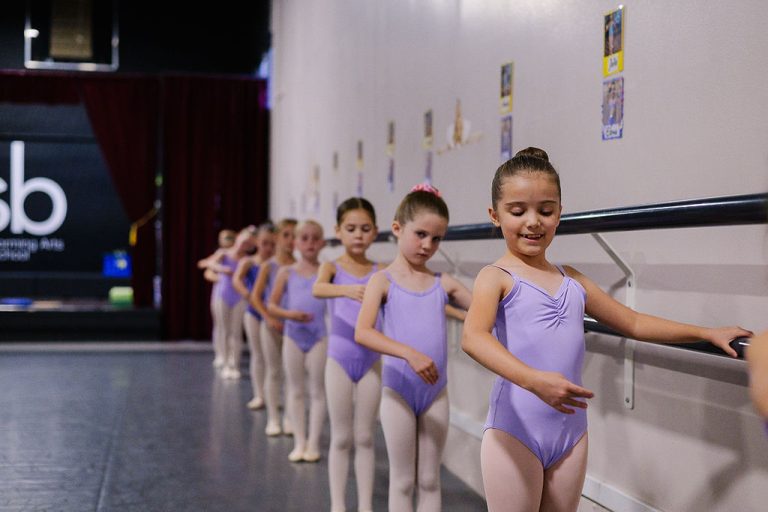Why Enrolling in a Ballet Training Program is Better Than Just Taking Classes
When people think of learning ballet, the first option that comes to mind is often a simple dance class. While casual classes can be fun and educational, they usually lack the depth and structure needed to turn passion into progress. That’s where a ballet training program comes in. Unlike individual classes, a training program is carefully designed to guide students through every stage of growth, from foundational steps to polished performance skills.
If you’re searching for classical ballet training, the best ballet training programs, or even ballet training near me, the difference is clear: a program helps you achieve measurable results and long-term confidence in your technique. Whether you’re a child dreaming of the stage, a teenager preparing for competitions, or an adult looking for fitness and creativity, a structured ballet training program offers benefits you won’t find in casual classes.
Ballet Classes vs. Ballet Training Programs
Let’s first break down the key differences.
- Casual Ballet Classes: Typically stand-alone sessions that focus on enjoying movement, learning basic steps, and staying active. They’re flexible but often lack a progression system.
- Ballet Training Programs: Structured courses built on a syllabus. Each level builds on the last, ensuring technical consistency, injury prevention, and readiness for stage or competition opportunities.
For students serious about growth, professional ballet training programs and pre-professional ballet training options provide a roadmap that transforms curiosity into skill.
Why Choose a Ballet Training Program?
1. A Structured Path to Mastery
In ballet, consistency is key. A ballet training program provides a clear roadmap where each lesson builds on the previous one. From posture and turnout to jumps and spins, dancers are guided step by step. This structured progression is essential for ballet training for beginners, as it prevents the development of bad habits that can hold dancers back later.
2. Performance and Competition Preparation
Unlike casual classes, programs prepare students for the stage. Through rehearsals, mock performances, and competition coaching, students learn how to handle stage presence, manage nerves, and deliver artistry with confidence. For those seeking competitive ballet training, programs are the only reliable pathway to success.
3. Expert Mentorship and Feedback
A professional ballet training program is usually led by instructors with years of stage and teaching experience. These mentors correct posture, refine technique, and nurture artistry in ways that group classes rarely provide. Personal feedback ensures every dancer grows in both strength and expression.
4. Building Discipline and Life Skills
Ballet is more than dance; it’s a discipline. A ballet training program teaches students dedication, patience, and resilience. For kids, this discipline often translates into better focus in school. For adults, it fosters stress relief, confidence, and improved body awareness.
5. Suitable for All Ages
- Children and Teens benefit from pre-professional ballet training that builds strong foundations for future careers.
- Adults can explore ballet training for adults, which emphasizes fitness, flexibility, posture, and enjoyment at any age.
- Beginners gain a safe entry point into classical ballet, guided by programs that adapt to their pace.
The Long-Term Rewards of a Ballet Training Program
Committing to a structured program requires consistency, but the payoff is immense. Students not only improve their physical abilities but also gain confidence, creativity, and stage presence. For those aiming for careers, professional ballet training opens doors to auditions, scholarships, and dance companies.
Even for those not pursuing ballet professionally, the rewards—improved health, discipline, and self-expression—last a lifetime. Searching for ballet training near me often reveals schools that offer both recreational and pre-professional paths, ensuring every dancer finds the right program.
FAQs About Ballet Training Programs
What is the difference between a ballet class and a ballet training program?
A ballet class is a one-time learning session, while a ballet training program follows a step-by-step curriculum that focuses on technical mastery, performance readiness, and long-term growth.
Can adults join a ballet training program?
Yes. Many studios offer ballet training for adults, focusing on fitness, flexibility, and artistic expression. It’s never too late to start ballet or improve your skills.
How long does it take to see results in a ballet training program?
Progress depends on practice and consistency. With regular attendance, most students notice improvements in strength, flexibility, and technique within 3–6 months. Those in professional ballet training programs can prepare for performances within 1–2 years.
Conclusion
Taking a casual ballet class is a great start, but enrolling in a ballet training program is what truly unlocks a dancer’s potential. Programs offer structured growth, expert guidance, performance opportunities, and life-changing discipline. Whether you’re searching for classical ballet training, competitive ballet training, or the best ballet training programs near me, the right program ensures you achieve real progress and lasting confidence.So, if you’re ready to go beyond the basics, a ballet training program is the best step forward—for beginners, adults, and future professionals alike.

